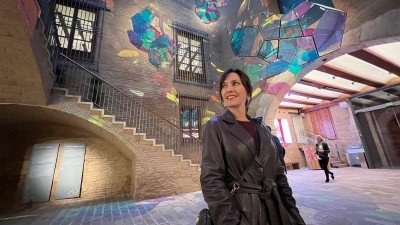The latest research from the SEIA indicates that the average price of solar installation’s decreased by about 70% in the last decade. That means more homeowners can afford to enjoy the benefits of solar power.
However, it’s important to note that a sturdy roof and a sunny location don’t mean solar panels are the answer to your power needs.
The savings only start when you figure out the ideal solar panel roof design option for your home. Here’s how it works.
Energy Use Affects Solar Panel Roof Design
Your solar energy needs dictate how many solar panels you need. Most homes in the USA have a 200A service, but you’ll need many inverters to achieve this with solar panels.
How do homeowners survive on solar power alone, then?
Figure out how much power you need, cut down where you can, and install energy-saving devices as far as possible. Try to switch to other sources of power, like natural gas, for large, energy-heavy devices like ovens and water heaters.
Once you’ve trimmed down your energy needs, you can calculate how much solar energy you need to generate. The more energy you use, the more solar panels, inverters, and batteries you’ll need.
Your Roof and Solar Panel Design
A perfectly rectangular roof is ideal for generating solar energy. Yet, few homes meet this criterion. You might have dormers, vents, chimneys, or skylights on your roof.
In the Northern Hemisphere, solar panels work best when your roof pitch is at a 36° angle and facing true south. Every deviation from this ideal decreases the output of your solar panels.
So, if you’re home’s roof is less than perfect, you’ll need to get creative to maximize the benefit you get out of your solar installation.
It’s always best to consult experienced solar providers to help you determine a customized solar panel design and layout according to your needs and budget.
If your roof is in need of a repair, you should probably get that sorted before installing your panels. You can do this by hiring a local roofing contractor.
Types of Solar Panels
Choosing the right type of solar panels can help overcome some of these obstacles when considering solar power for your home.
There are four main types of solar panels available nowadays, offering varying degrees of efficiency. These are:
Monocrystalline
This solar panel design comprises a single silicon crystal cut into thin slivers and arranged in arrays to best capture the sun’s energy.
These solar panels have a black color and are the most efficient and attractive type of solar panel. They’re also the most expensive.
Polycrystalline
Polycrystalline panels contain slivers of silicone that come from melting various crystals together and then cutting them into slivers. The result is a cheaper, less-efficient solar panel with a blue color.
PERC
Passivated Emitter and Rear Cell panels are modern innovations that reflect the sun’s rays within the cell to enhance efficiency.
They’re a little more expensive but offer greater efficiency in a small area.
Thin-film Panels
Thin-film panels comprise very fine, flexible layers. They don’t require a frame backing, so they’re light and easy to install and available in different sizes to suit your exact needs.
Unfortunately, you pay for this versatility with reduced efficiency.
The Best Advice When You Need It
There’s no doubt that a solar installation’s one of the most expensive home improvements nowadays.
So, if you want to enjoy all the benefits of an efficient and effective solar panel roof design, it’s best to get professional help when needed.
Browse our blog for more expert insights into the best design ideas for your home.



































